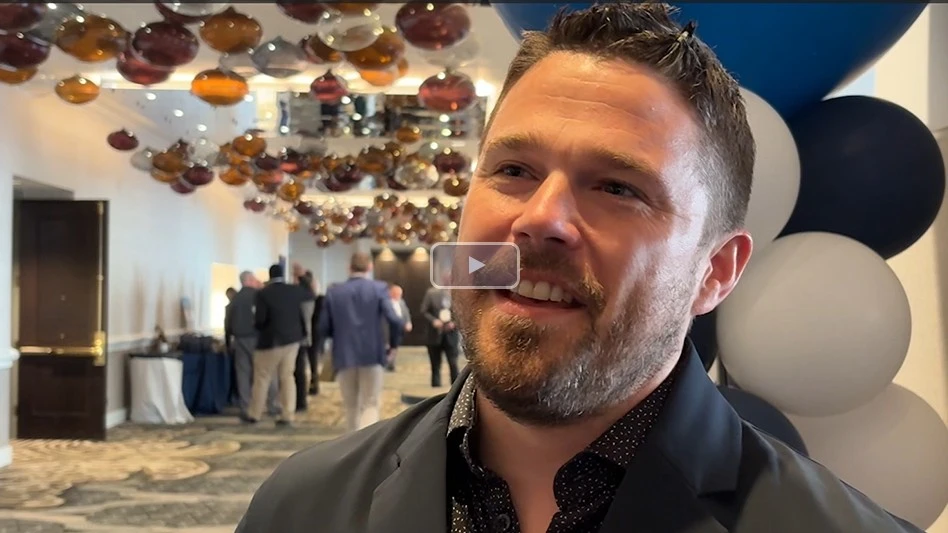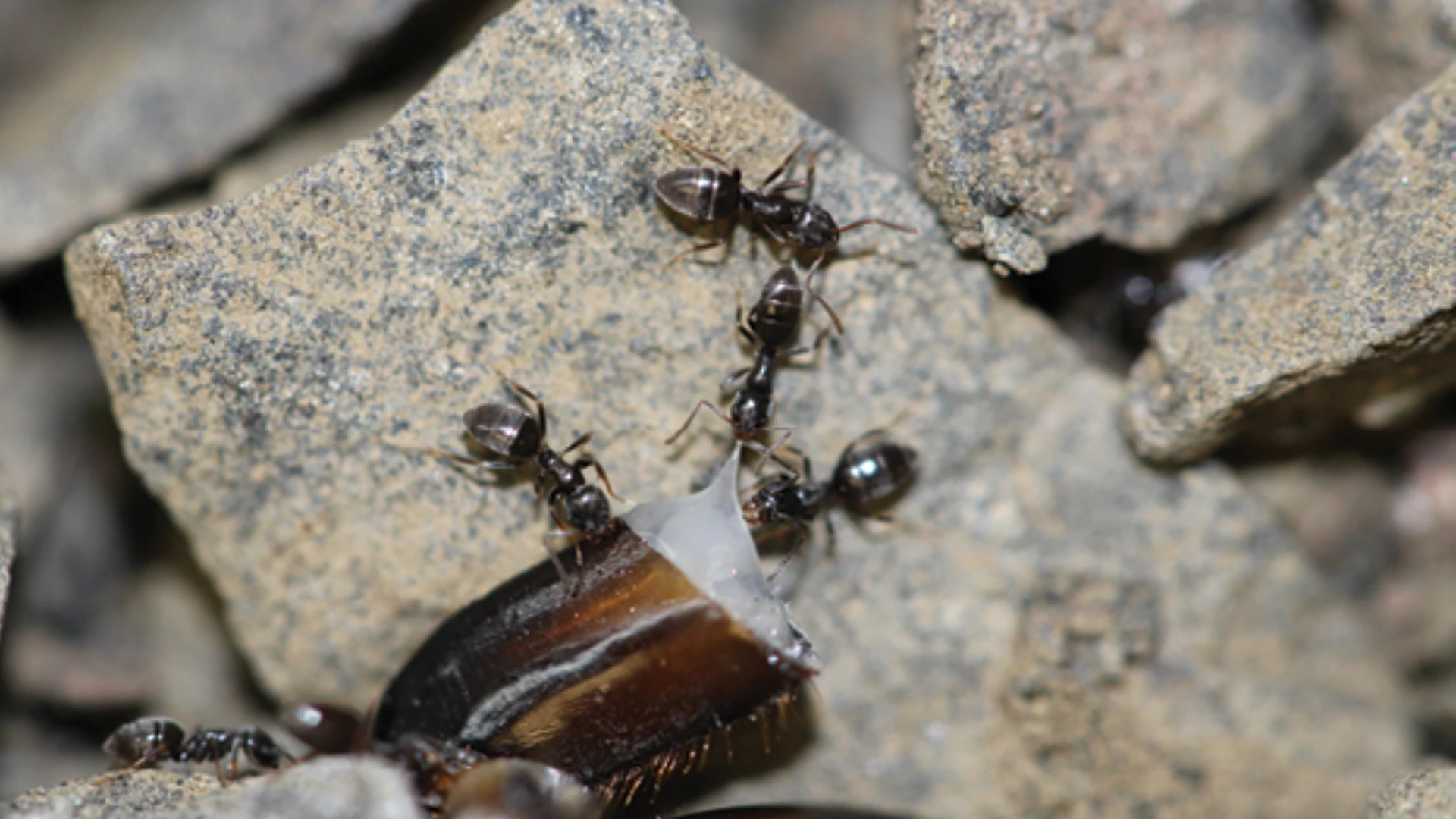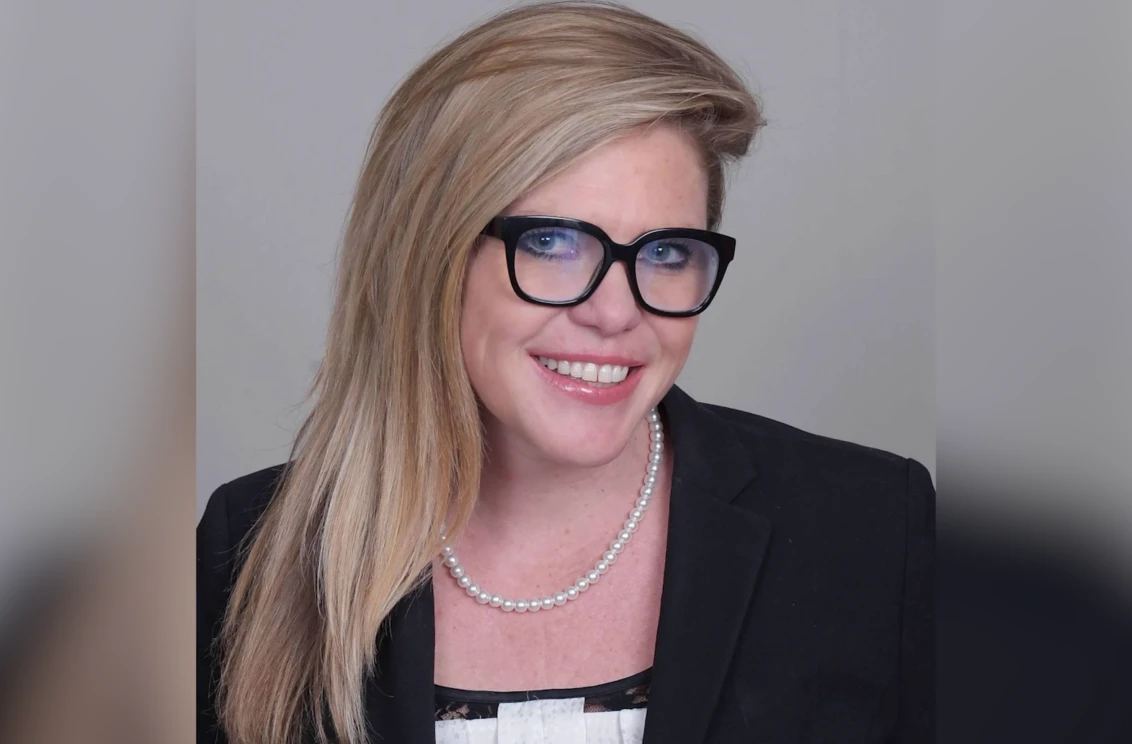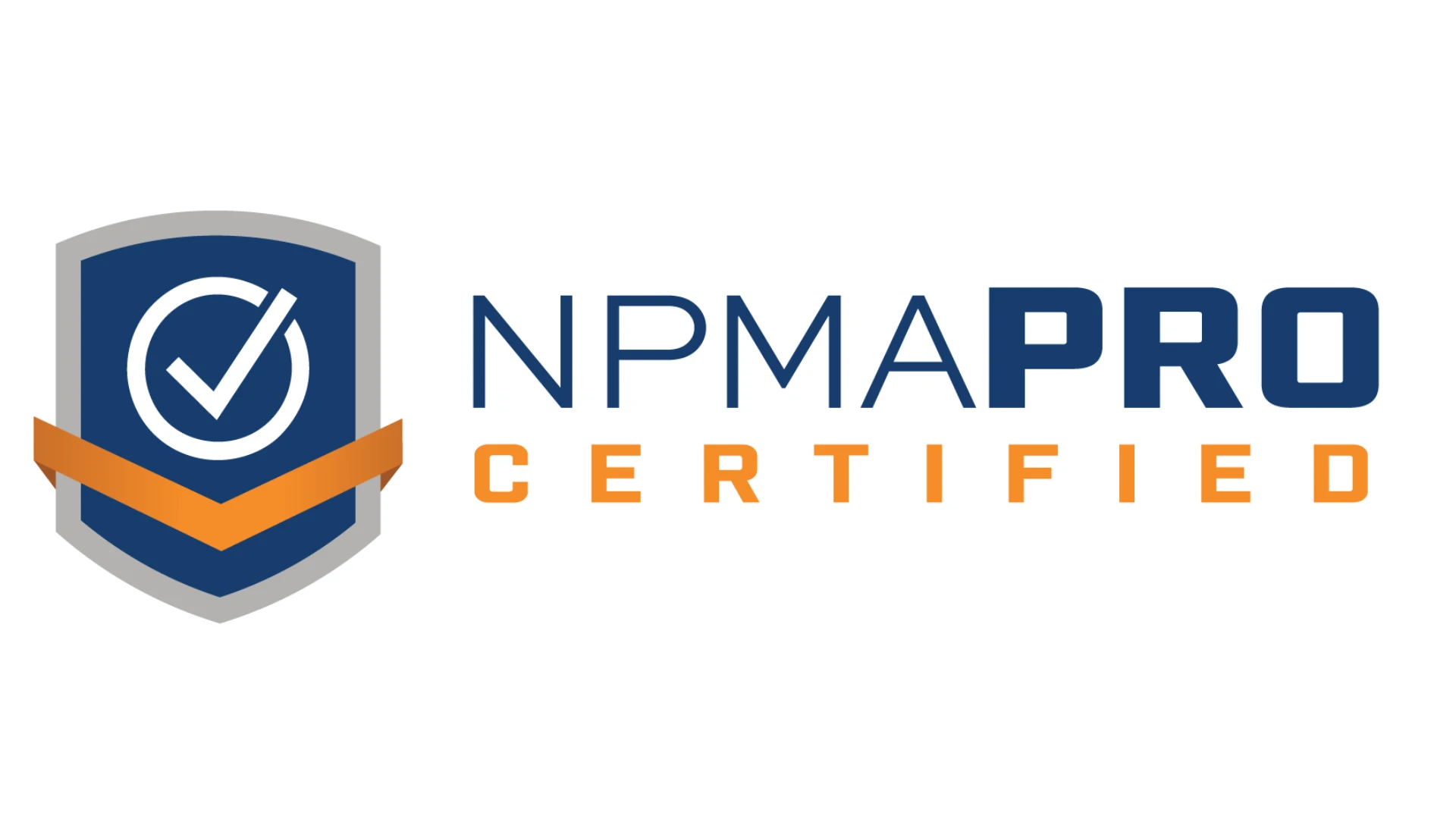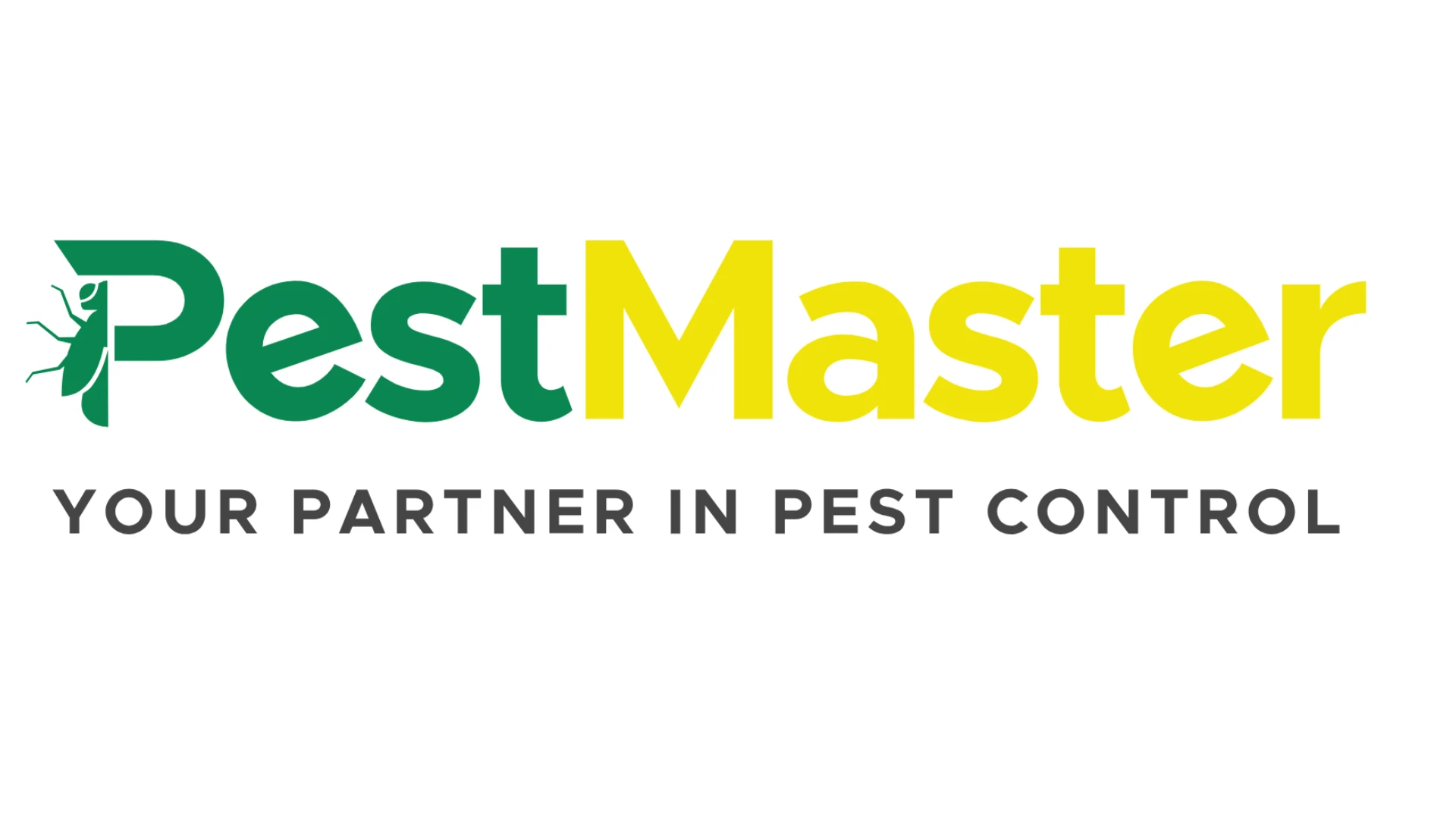
 |
CHICAGO - True to its name, the Greater Chicago Pest Management Alliance’s (GCPMA) annual “A Meeting of the Minds” conference in late October drew just under 400 pest management professionals, the largest turnout in the showcase program’s six-year run.
Attendees were treated to three well-known speakers in the industry, including Phil Koehler, professor of entomology at the University of Florida; Arnold Ramsey, market specialist at FMC Professional Solutions; and Neal Haskell professor of biology at St. Joseph’s College.
In his presentation titled “Bed Bugs are a Pain,” Koehler discussed the biology of bed bugs, bite reactions, and research initiatives on medical and veterinary importance of bed bugs, bed bug movement and barriers, and monitoring and inspection.
He clarified the differences between a bed bug “introduction” and an “infestation.” An introduction is when you find a single stage of a bed bug that came from somewhere else. This is opposed to finding multiple stages of the bed bug which would indicate an infestation. “During your inspections, you must jot down what you are finding. Detecting an early introduction is a good thing as it’s much easier to control 1 bed bug than a thousand,” he said.
Koehler also said proper bed bug control is a job for professionals, and a lot of a PCOs customers will not understand this. He advised conference attendees of the following points as vital in customer communications, and to make their service calls more successful:
- Inform your customers about potentially harmful and ineffective treatments they can perform for the job. These include improper use of lawn and garden insecticides applied to mattresses, using flammable liquids for control, applying mothballs around the house, using pesticides from other countries (there are reasons these products are not registered in this country), and setting off bug bombs within a house for bed bug control.
- If they find a bed bug, tell them to save it and place it in a self-sealing clear plastic bag. This way you can see it without even removing it from the bag.
- Suggest that they reduce as much clutter as possible. Searching for and detecting bed bugs is a laborious process. It is difficult for you to make inspections and treatments if things are in the way.
- Ask your customer to dry their clothes and bedding in a dryer at high heat. They can take this on while you are doing your inspection.
- If your customer thinks they have bed bugs, suggest they purchase mattress and box spring encasements. These help remove the places where bed bugs can hide. Koehler mentioned that in Florida, many pest control companies provide encasements to their customers as part of their service.
Koehler said that a customer’s first inclination when finding bed bugs is for them to move away from the infestation — for example, moving out to sleep on a couch in a living room. “What that does,” he explains, “is encourages them to move to find you, and they will.”
Arnold Ramsey, market specialist with FMC Professional Solutions, presented “Roaches Gone Wild.” He spoke in place of Dini Miller, a professor at Virginia Tech, who was originally on the agenda. She was unable to leave her state because of Hurricane Sandy.
In terms of behavior, Ramsey said that roaches most often come out at night. He said that if you see them in the daytime in higher populations then you may have something big to deal with. Adequate control measures are key to success, and Ramsey explained the primary reasons for failing to control a roach population:
- Misapplication or inadequate application of bait
- Diminished palatability of bait
- Contaminated bait or surfaces around bait
Ramsey said that in placing bait, instead of a few large placements, several small placements will work faster and more effectively.
The final speaker of the day was Neal Haskell, professor of biology at St. Joseph’s College. Haskell’s talk was titled “Forensic Entomology and the PCO.”
Forensic entomology is the study and use of insects that originate from decomposing human remains to aid in criminal investigations. Haskell is a well-known forensic entomologist, having testified in many high-profile murder cases over the years. “When we have a dead body on the ground, there are a ton of questions,” he said. “What is the cause and manner of death? When did death occur? Entomology can be involved in helping answer many of these questions.”
PCOs can also have a role in forensic entomology he said. “It is important for PCOs to understand how they can become involved in and assist in forensic cases. In your work, you often get into some of the most interesting places where you may see things. You may be in situations where you could encounter neglect or abuse,” he explained.
Haskell discussed many cases in which he served as an expert witness — including the Casey Anthony trial in Florida — and described a case in which a pest control professional provided great assistance. This was a 1996 murder investigation in New Mexico known as the Torreon Cabin Murders Case.
As Haskell described it, the New Mexico medical examiner’s office did not have the funds to fly him out to collect forensic evidence. A PCO in the area, whom Haskell had gotten to know from his attendance at forensic workshops, was interested in helping with background work, collecting samples and such. “So, Pete of Southwest Pest Eliminators did the work for me. He fulfilled a major vacuum for me. Had he not been there, we could not have achieved the results, or the convictions that we did,” he said. “And, there may be cases in the future, where you in the audience, may be able to help as well.”
In collecting such forensic specimens there are specific protocols that must be followed. Haskell has written a book that describes the process. For more information, refer to Entomology and Death: A Procedural Guide.
GCPMA has not announced the date for “A Meeting of the Minds VII,” but it is expected to be held next October. www.gcpma.com.
Editor's note: The preceeding article was a special to PCT provided by Mark L. Hendrickson.
Latest from Pest Control Technology
- Target Specialty Products Expands Sales Leadership Team
- Mosquito Joe Promotes David Price to Vice President of Strategic Growth
- Abell Pest Control Recognized as One of Canada’s Best Workplaces in 2025
- Scorpion Launches Capacity Marketing Engine
- Petti Pest Control Owners Reflect on Finding Success as a Father-Son Duo
- Effective Mitigation of Crow Infestations
- Mosquito Control: Spraying vs. IPM
- Terminix Service's Leaders Inducted into South Carolina Business Hall of Fame
